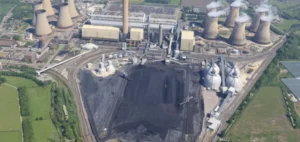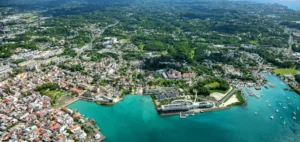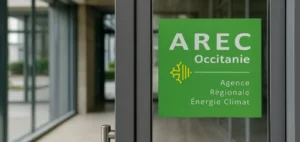In San Roque, Spain, Cepsa will produce renewable hydrogen in its energy park by reusing recycled water.
Energy parks
In San Roque, Cepsa will produce renewable hydrogen by reusing recycled water from a wastewater treatment plant. Thus, the company reached an agreement with the public company Aguas y Servicios del Campo de Gibraltar (Arcgisa). The public company will provide the water resource from the urban effluents of San Roque and Los Barrios.
The agreement is a new step in the development of Cepsa’s Andalusian Hydrogen Green Valley. It is the largest renewable hydrogen project in Europe. It is located in the energy parks in Huelva and San Roque and involves an investment of €3 billion.
This project in San Roque demonstrates the circular economy in the industrial use of urban water. In addition, according to the European Union, this practice can reduce global drinking water consumption by 5%. The treatment and purification of urban water for industrial use will be carried out in the new treatment plant.
A circular economy
This new facility will have a tertiary wastewater treatment. This will represent 4.2 million cubic meters per year, which will no longer be discharged into the sea. This is equivalent to the average annual water consumption of over 21,000 four-person households.
Rosero Rivero, director of the San Roque Energy Park, states:
“Cepsa’s commitment to reducing its environmental footprint and decarbonizing its business and that of our customers through our Positive Motion strategy, which propels innovative actions such as, using urban wastewater for industrial purposes for the first time in Campo de Gibraltar These steps reinforce our commitment to be a significant player in our country’s energy transition.”
In addition, Cepsa is committed to promoting the circular economy that affects the urban waste managed by Arcgisa. Thus, efforts will be aimed at the recovery of organic waste, used food oils or biological sludge from wastewater treatment plants.
Cepsa has set a goal of reducing freshwater abstraction in water-stressed areas by 20% by 2025, compared to 2019. Thus, this decision will save more than 3 million cubic meters of fresh water per year. In addition, next year San Roque Energy Park will have a water treatment plant to recycle 20% of the water used by the industrial facilities.






















